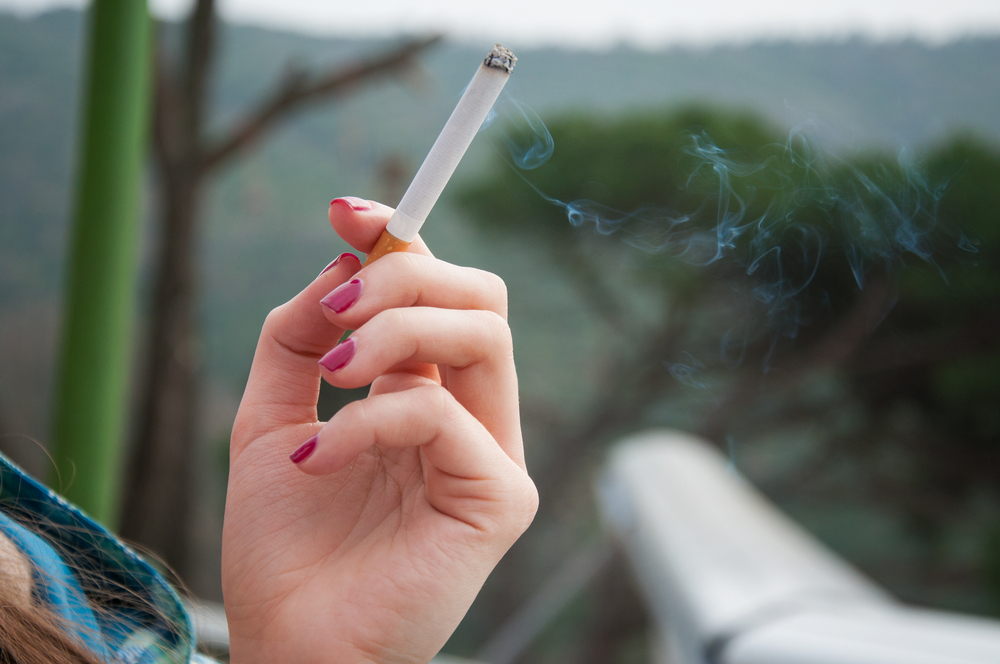The vulva is the area of skin that surrounds the female genitalia - the vagina and urethra, including the labia and the clitoris. Vulval cancer, or vulvar cancer as it is called in the USA, is a cancer that occurs as a lump or sore on the outer surface. Most vulvar cancers are squamous. Vulval or vulvar cancer is a rare cancer, often caused by infections in the over 60s and 70% of people can expect to survive 5 years.
Just over 1,300 cases a year are diagnosed in the UK affecting, in three out of four cases, women over 60. VACO says that the youngest woman to contact them was 29, but it is very rare to get vulval cancer so young. It can affect any part of the external female sex organs, although the inner edges of the labia majora and the labia minora are the most common areas for it to develop. It can also involve the clitoris or the Bartholin glands (small glands, one on each side of the vagina) and sometimes affect the perineum.
In the USA there were 6100 cases last year, and 5-year survival was approximately 70%.
 Want to receive the very latest, hot information on this subject? Click here
Want to receive the very latest, hot information on this subject? Click here
Vulvar cancer symptoms
Symptoms of cancer of the vulva include itching, burning and soreness of the vulva; a lump, swelling or wart-like growth; thickened raised, red white or dark patches on the skin of the vulva, or a sore or ulcerated area; bleeding or a blood-stained vaginal discharge; burning when passing urine or a mole on the vulva that changes shape or colour. Any of these can be a sign of many other conditions, but always get your doctor to check them.
Vulvar cancer causes
Obviously anything that reduces your immune system increases your risk of cancer of the vulva:
* Poor Vitamin D levels: 80% of women, on diagnosis, have levels below 20ng/ml. The NHS recommends 35-40 ng/ml; in the USA a level of 40+ ng/ml is recommended.
* Dysbiosis of the gut microbiome can be linked to vulval cancer. Pathogens affecting the microbiome, a lowered level of commensal bacteria, or infection can each increase the risk of Vulval cancer. For example:
- HPV (human papilloma virus). HPV is thought to be responsible for between 30 to 50 per cent of vulval cancers, but more than half of all vulval cancers diagnosed are not related to HPV infection. HPV is passed from one person to another during sexual activity. There are many different types of HPV but some are considered more high risk than others. HPV types 6 and 11 can infect the female and male genital organs and the anal area, causing visible genital warts. But these types of the virus rarely lead to cancer and are called low-risk viruses. The high risk ones include HPV types 16, 18 and 31.
- Lichen Sclerosus: Women who have certain non-cancerous skin conditions for a long time have an increased risk of developing cancer of the vulva. The conditions, vulval lichen sclerosus and vulval lichen planus, can cause a long-term inflammation of the skin in the vulval area. Almost two-thirds of vulval cancers occur in women who have lichen sclerosus, but only four per cent of women who have lichen sclerosus will go on to develop vulval cancer. Lichen sclerosus has been linked with yeast/fungal infections (the herbs artemisinin, or oregano oil may help) and low thyroid function (consuming sea kelp for its iodine content may help).
- Paget's disease: Very rarely Paget's disease can be linked with a cancer elsewhere in the pelvic area or the digestive system.
- VIN (Vulvar Intraepithelial Neoplasia): usually forms slowly over many years. The degree of abnormal cells may be categorised by VIN1, VIN2 or VIN3. Most cases of VIN do not progress to vulval cancer.
- Cervical cancer: women who have cervical cancer have a higher risk of vulval cancer
* Cigarette smoking: This seems to increase the risk of vulval cancer.

It's important to stress that cancer of the vulva, like other cancers, is not infectious and cannot be passed on to other people. Also, it is not caused by an inherited faulty gene, so members of your family are not likely to be at risk of developing it.
As we said above, this is a disease of older women. It can also be linked to more sexual partners, genital warts, several abnormal PAP smears and even HIV.
Vulval Cancer Treatment alternatives
All cancer patients benefit from a good Diet and exercise programme. They might also benefit from taking a few core supplements such as vitamin D, Fish oils and turmeric. They might also benefit from addressing yeast/fungal infections or pathogens such as E.coli.
There are even compounds that can attack HPV.
Go to: Compounds that attack HPV
At an early stage Vulval cancer appears easy to treat and cure with surgery the main treatment, sometimes combined with radiotherapy and/or chemotherapy.
Surgery: This may involving skinning or full surgery. Laser treatment can be an alternative, as can Ultrasound.
Chemotherapy is usually carboplatin plus paclitaxel. Bleomycin may also be used. For information on your Cancer Drugs and chemotherapy click here.
There is also research going on into photodynamic therapy.
Re-purposed off label drugs: may also be used. Metformin, atorvastatin, propranolol, Itraconozole and others.
Go to: How to build an off-label drugs protocol